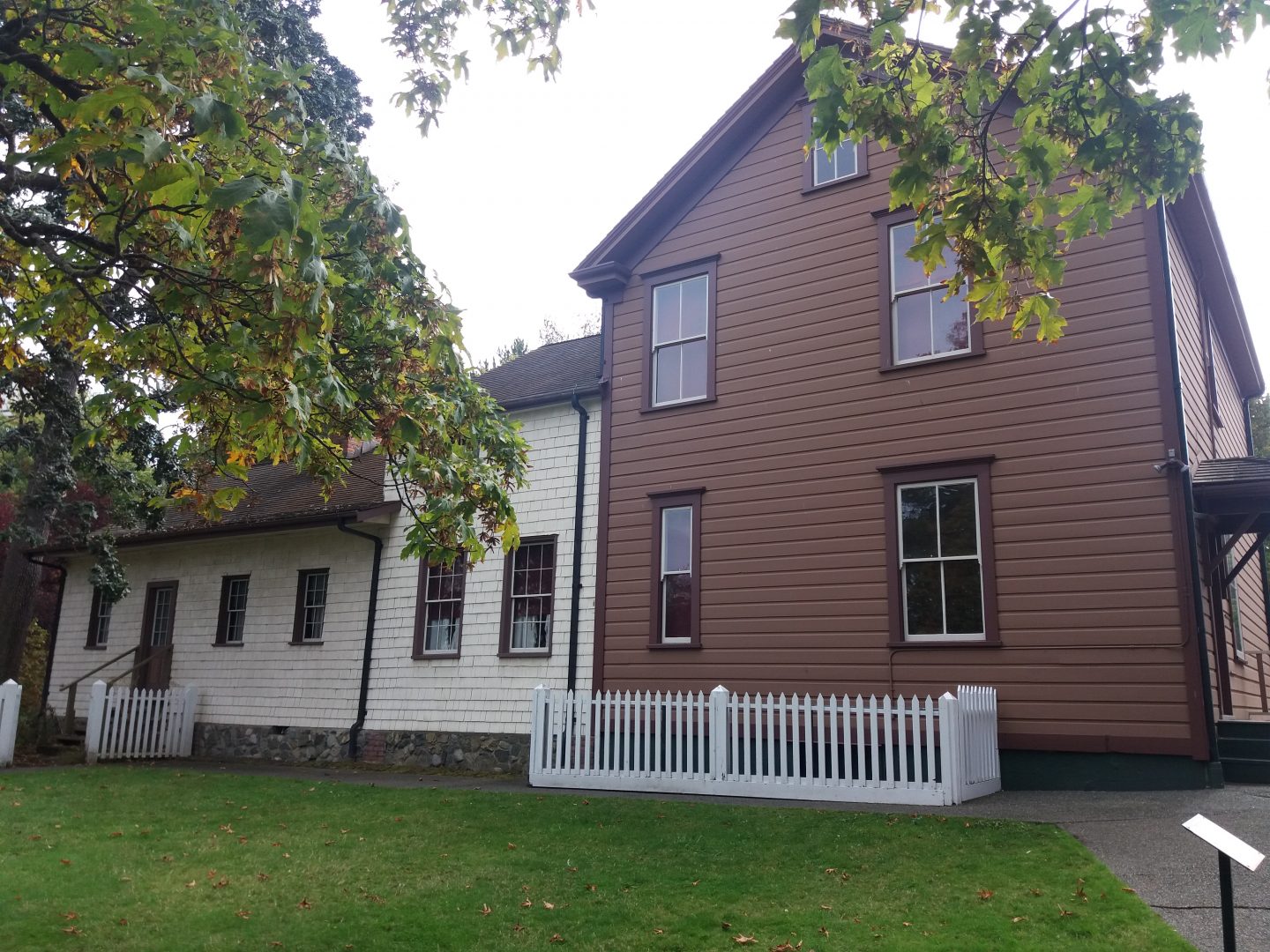This week’s reading material dealt with two seemingly different topics: On the one hand, the article by Dan Malleck highlights the club culture, its status in society and its links to enabling the consumption of alcohol in public spaces in Ontario in the 1930s and 1940s. On the other hand, MacDonald’s contribution to this week’s reading material highlights the work of religious women who provided social work and led relief programs during the Great Depression in the maritime provinces. Something that in my eyes links these two articles very neatly is the aspect of the invisibility of women.
While the first article does rather deal with the distribution of licenses to allow the consumption of alcohol in certain clubs and whether some clubs were favoured over others, there is a short sequence in which Malleck addresses the matter of women, even if it is only in his footnotes after he elaborated on the introduction of special Ladies’ Nights in some clubs. He acknowledges that “there is little [he] can say about the Toronto’s Lady’s Club”, one of the only clubs with female membership during that era, because the “file was thin, and apart from an indication that the board thought it was well run, there is no meat on these bones”[1].
Therefore, while there is an official record that lists this club and therefore proves its existence, it’s all that one can find out about the Toronto’s Lady’s Club during a time in which clubs with a male membership were scrutinised profoundly.
MacDonald’s article matches this issue of women’s invisibility and the underappreciation of their work and even existence. The Sisters of St. Martha and their contributions to serve the public and to run relief and social services even in times of extreme economic troubles are epitomic for the tendency to ignore women and their work in history, especially if it was domestic work because women were simply “expected to fulfil the traditional roles of nurturer and caregiver”.[2] The role of Historians might therefore include ending this tradition of taking women’s work for granted, be it in domestic spheres or in the health service, as well as other public services. It should be a Historian’s duty to realise that “invisibility has prevented historical recognition for sisters’ labour” [3] and to try and lift the cloak of invisibility in order to get an understanding of women’s roles and their performance of tasks that were crucial to survive during the Great Depression and the prevailing and following years and decades.
[1] Malleck, “The Same as a Private Home?: Social Clubs, Public Drinking, and Liquor Control in Ontario, 1934-1944,”Canadian Historical Review, 93, 4 (December 2012): 578.
[2] Muir and Whiteley, “Introduction: Putting Together the Puzzle of Canadian Women’s Christian Work,” in Muir and Whiteley (Eds.) Changing Roles of Women within the Christian Church in Canada, Toronto: University of Toronto Press, 1995: 3.
[3] Macdonald, “Doing More with Less: The Sisters of St. Martha (PEI) Diminish
the Impact of the Great Depression”, Acadiensis, 34I, 1 (Fall 2003): 45.

